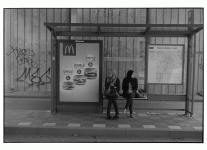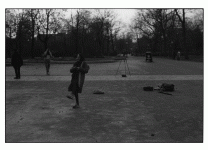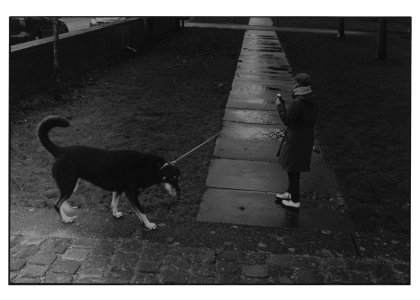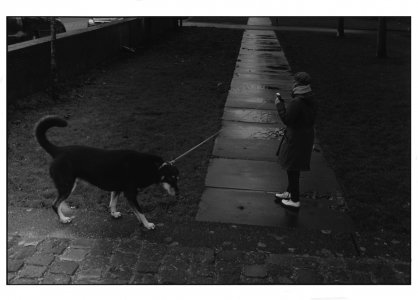p.giannakis
Pan Giannakis
Yes, sometimes - quite often - the effect of a picture is better when there is no "pure" white to be seen. There are many paintings too without 100% white in them - many paintings by Titian, Raphael and Ingres for instance - and that is not because the paintings are old. There are impressionist paintings too - that represent fog for instance - without any white in them. It is an absurd rule that there should be pure white in a photograph. Too pale pieces in a photo are often disturbing. That's why many photographers burn them through. There are no rules for 100 % white or 100% black in a photograph. Every photographer knows this.
Erik.
Erik, I spend quite a bit online on social media and with apps like Instagram, having a high contrast picture with deep blacks, bright whites and oversaturated colours means that your picture is more likely to be noticed amongst hundrent others on a small mobile phone screen. I think a lot of newer generation photographers are lured by this.
Erik van Straten
Mentor
Erik van Straten
Mentor
Yes, sometimes it is necessary to adapt a picture for a special group of people - see the advertising business - but as an artist I am talking to an ideal world.Erik, I spend quite a bit online on social media and with apps like Instagram, having a high contrast picture with deep blacks, bright whites and oversaturated colours means that your picture is more likely to be noticed amongst hundrent others on a small mobile phone screen. I think a lot of newer generation photographers are lured by this.
I love your work, Pan!
Erik.
p.giannakis
Pan Giannakis
Thank you Erik, i really appreciate your words of kindness. I am a big fun of your work too.Yes, sometimes it is necessary to adapt a picture for a special group of people - see the advertising business - but as an artist I am talking to an ideal world.
I love your work, Pan!
Erik.
brusby
Well-known
I don't recall anyone, including me, arguing that every photograph should have pure white in it. You seem to be defending a position that no one has taken. There is a name for that kind of logic, or actually illogic -- a straw man argument.
What I did claim was that the lightest tones, including pure white, are just another tool at the disposal of the artist. I also noted that those brightest tones are commonly used in commercial printing. I probably would have been fired as a commercial printer if I had failed to employ them for those scenes where they are appropriate. But no one said they are appropriate for every photo.
Some photographers here seem to have developed a printing technique that grays out all the brightest tones in all or at least the vast majority of their photos. I think it just looks wrong to my eye. But I support your right as an artist to print however you think is appropriate.
Let me be perfectly clear though, there are plenty of cases where it's entirely appropriate to exclude pure white, or pure black, or any other range of tones.
My beef is with excluding a tone or range of tones as a matter of course in almost EVERY photo as some seem to be doing.
What I did claim was that the lightest tones, including pure white, are just another tool at the disposal of the artist. I also noted that those brightest tones are commonly used in commercial printing. I probably would have been fired as a commercial printer if I had failed to employ them for those scenes where they are appropriate. But no one said they are appropriate for every photo.
Some photographers here seem to have developed a printing technique that grays out all the brightest tones in all or at least the vast majority of their photos. I think it just looks wrong to my eye. But I support your right as an artist to print however you think is appropriate.
Let me be perfectly clear though, there are plenty of cases where it's entirely appropriate to exclude pure white, or pure black, or any other range of tones.
My beef is with excluding a tone or range of tones as a matter of course in almost EVERY photo as some seem to be doing.
Erik van Straten
Mentor
Erik van Straten
Mentor
Erik van Straten
Mentor
The first Elmars with which the Leica la was equipped in 1926 (after the Anastigmat and the Elmax respectively) was an Elmar that was shorter in construction than the improved Elmar that was put on the Leica la from about 1927. I have such a short Elmar that was restored, adapted and coated in the 1950's. The image quality on full aperture clearly lags behind compared to the later "long" Elmar that was used on the later Leica la.
sculpture by Jan Wolkers
gelatin silver print (short elmar 50mm f3.5 1926) leica ll
Erik.
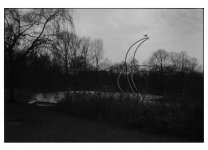
sculpture by Jan Wolkers
gelatin silver print (short elmar 50mm f3.5 1926) leica ll
Erik.

Last edited:
Erik van Straten
Mentor
p.giannakis
Pan Giannakis
The first Elmars with which the Leica la was equipped in 1926 (after the Anastigmat and the Elmax respectively) was an Elmar that was shorter in construction than the improved Elmar that was put on the Leica la from about 1927. I have such a short Elmar that was restored, adapted and coated in the 1950's. The image quality on full aperture clearly lags behind compared to the later "long" Elmar that was used on the later Leica la.
sculpture by Jan Wolkers
gelatin silver print (short elmar 50mm f3.5 1926) leica ll
Erik.
View attachment 4815890
Are these the so called "Elmax" lenses?
Erik van Straten
Mentor
No, the first lenses on the Leica l were called "Anastigmat", the second type was "Elmax" and the third was"Elmar". They liked the name "Elmar" so much that they didn't change it anymore, altough the lenses were optically changed from time to time. "Max" was the first name of Berek, Leitz's optician, "EL" was of course Ernst Leitz.Are these the so called "Elmax" lenses?
Erik.
Last edited:
Mr_Flibble
In Tabulas Argenteas Refero
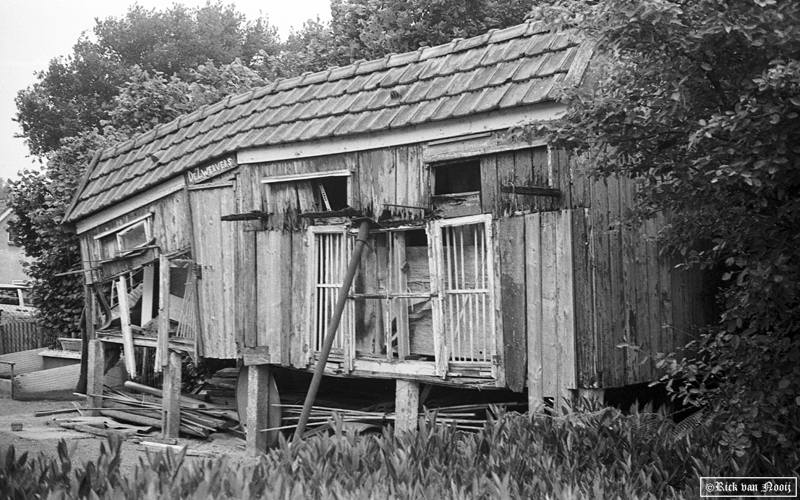
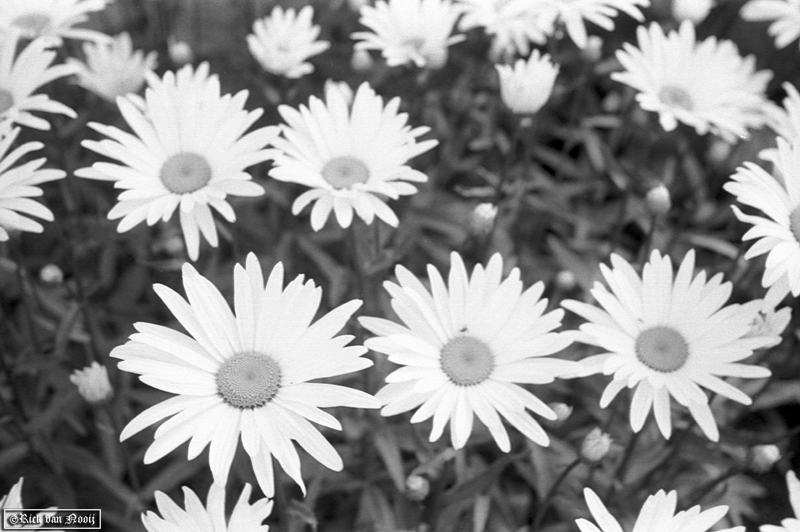
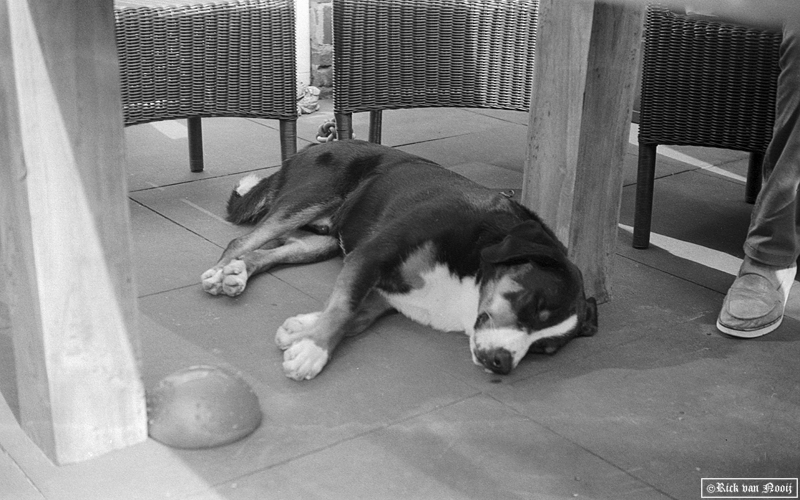
1930 Leica I (a), fixed 5cm f/3.5 Elmar, Kodak Double-X
I have an 11-0'clock Elmar from 1932 (I think) on one of my Leica II bodies, but I need to dig deep in the archives for photos taken with it.
Dralowid
Michael
Erik van Straten
Mentor
Great Michael, the one on the left is a short Elmar from 1926, no doubt about that! Converted to LTM. Thanks for showing!
Erik.
Erik.
Dralowid
Michael
(I can't find a picture of my converted and standardised Anastigmat but I think it may be in a Weslicht sale catalogue from when I sold it. From memory (and I only used it once before realising what it was worth) it performed like an old Elmar.
In my opinion comparing these old lenses is something of a useless exercise unless all samples are in optically good condition which is, to put it mildly, unlikely.
In my opinion comparing these old lenses is something of a useless exercise unless all samples are in optically good condition which is, to put it mildly, unlikely.
Erik van Straten
Mentor
I'm not so sure about that. The lenses on the leica la are fixed, so the rear elements is hardly ever touched by the users. As the cameras were very expensive, the owners were very careful with their cameras. Later potential users preferred the Leicas II and III, so from that period on the Leica's model la were used much less. I have a number of Leicas la and their lenses are in an amazingly good condition.In my opinion comparing these old lenses is something of a useless exercise unless all samples are in optically good condition which is, to put it mildly, unlikely.
Erik.
Erik van Straten
Mentor
Erik van Straten
Mentor
JMF
Established

35mm Nickel Elmar f3.5 1930 by JM__, on Flickr
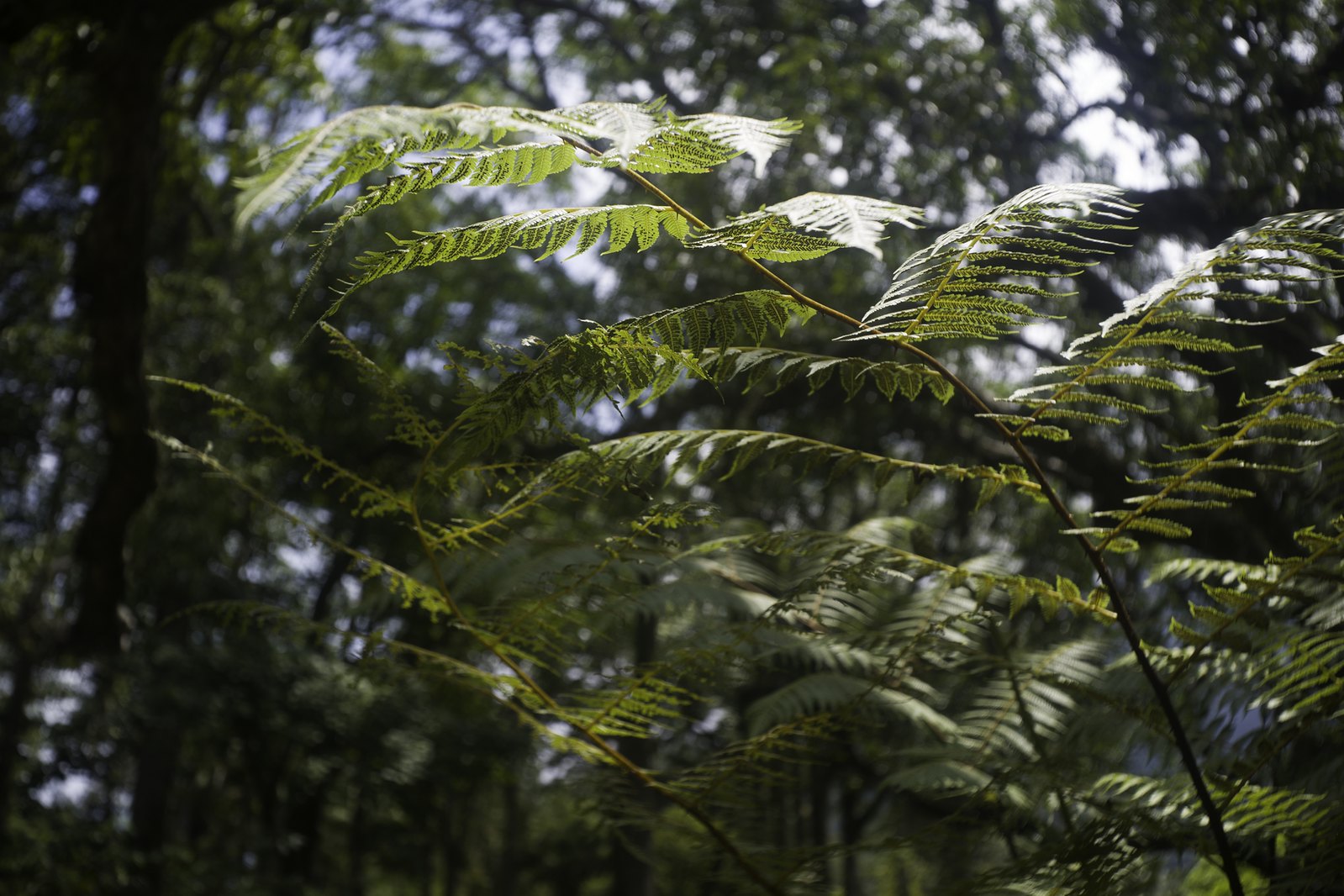
35mm Nickel Elmar f3.5 1930 by JM__, on Flickr

35mm Nickel Elmar f3.5 1930 by JM__, on Flickr
Early 3 digit close focus 35mm Elmar f3.5 on M10-P
This lens is missing an iris blade !
pgk
Well-known
Share:
-
This site uses cookies to help personalise content, tailor your experience and to keep you logged in if you register.
By continuing to use this site, you are consenting to our use of cookies.




